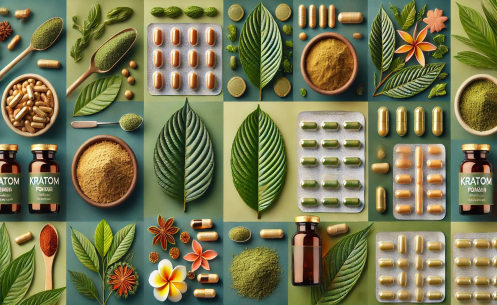What is Kratom?
Kratom is a tropical plant native to Southeast Asia, particularly in countries like Thailand, Indonesia, and Malaysia. The leaves of this plant are renowned for their traditional uses. But what exactly is the difference between the various types of Kratom and how are they produced?
Origin and History

Kratom, also known as Mitragyna speciosa, has a rich history. In Southeast Asia, locals have been chewing the leaves of the Kratom plant for centuries. This practice is particularly common among workers who want to boost their energy levels and lighten their workday.
Traditional Use
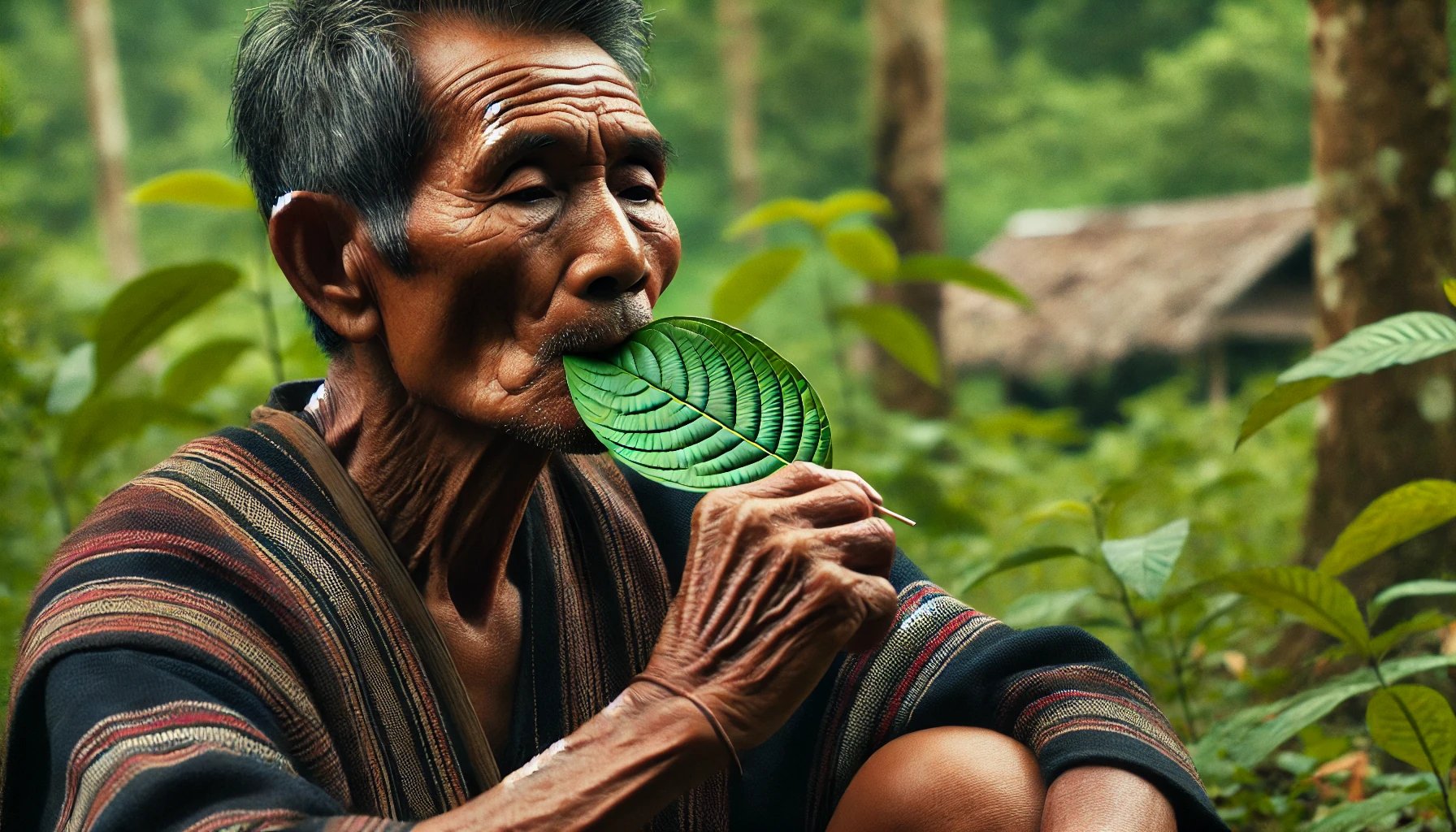
In the countries where Kratom originates, such as Thailand and Indonesia, the leaves of the Kratom plant are used in various ways. They are often chewed directly or processed into tea. The use of Kratom has a long tradition and is part of local culture and rituals.
Different Types of Kratom
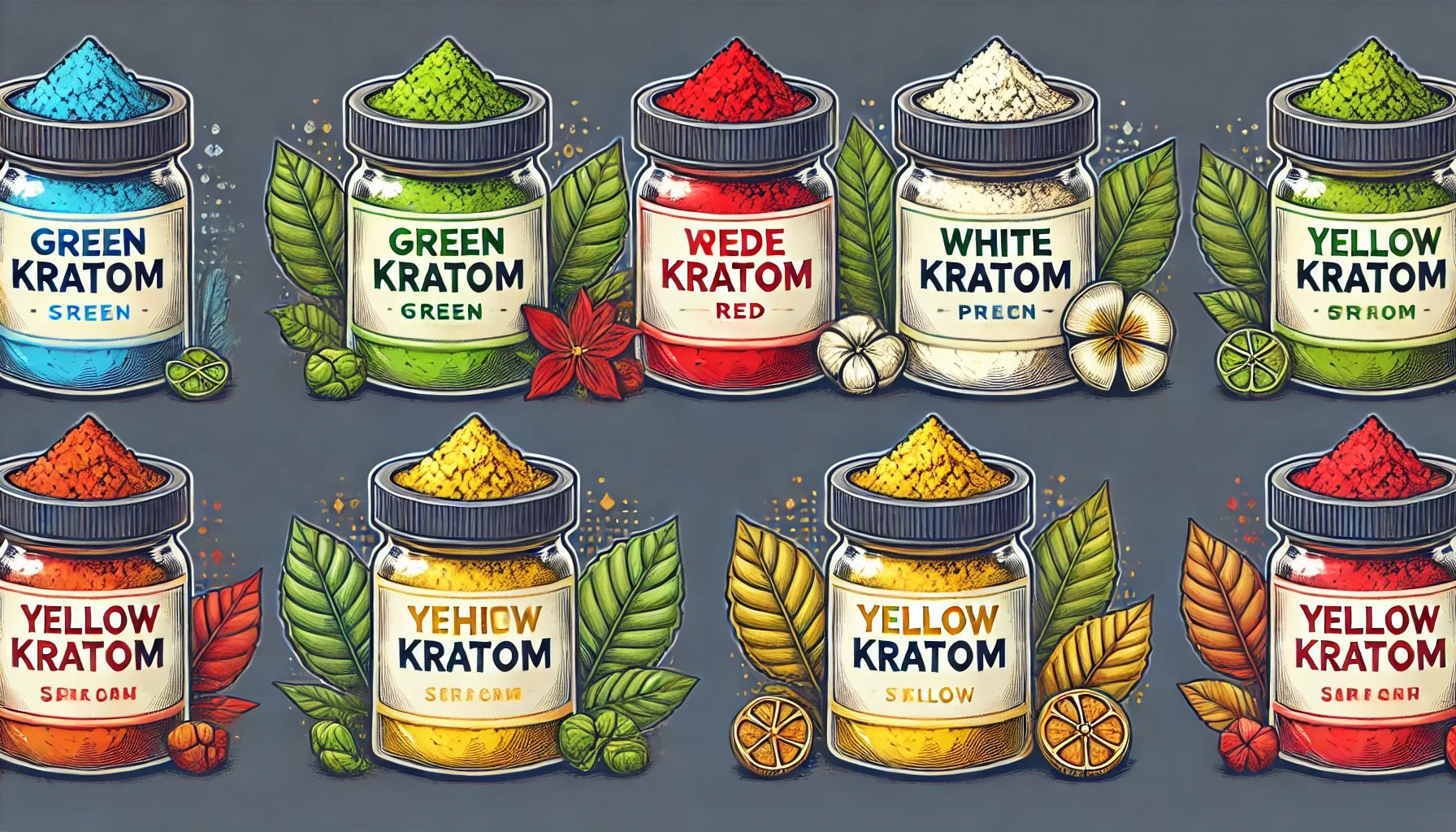
There are different types of Kratom, each with unique characteristics and a specific production process. Let's take a look at the most well-known types: Green, Red, White, and Yellow Kratom.
Green Kratom
Green Kratom is primarily characterized by its balanced production process. It all starts with the picking of the leaves, which are then carefully dried.
- Production Process: The leaves are picked and then dried in a well-ventilated space with filtered sunlight. This helps to maintain the green color and quality. It's almost as if the leaves receive a spa treatment!
- Characteristics: Green Kratom is known for its vibrant green color and the careful drying process that ensures a consistent end product.
Red Kratom
Red Kratom has a unique production process that gives it its distinctive color.
- Production Process: After picking, the leaves are first dried in the sun and then fermented. The fermentation process is what gives this Kratom type its red color. Think of a grape turning into a delicious wine!
- Characteristics: Red Kratom has a deep, rich color and a unique fermentation process that sets it apart from other types.
White Kratom
White Kratom is unique because of the way it is dried.
- Production Process: The leaves are dried in a completely dark space immediately after picking. This ensures that the white color is preserved and the leaves form a distinctive end product. It's almost as if the leaves take a nap in total darkness!
- Characteristics: White Kratom has a light, almost delicate color that is preserved by the unique drying process.
Yellow Kratom
Yellow Kratom is an interesting variant with its own production process.
- Production Process: Yellow Kratom is made by fermenting the leaves longer than red Kratom. Sometimes it is also produced by mixing white and red Kratom leaves. This fermentation process gives it its unique color. It's like a special recipe that is carefully prepared!
- Characteristics: Yellow Kratom has a warm, golden color and a unique production process that distinguishes it from other types.
Production Process of Kratom

The production process of Kratom is essential to understand the different types and their unique characteristics. Here is a detailed description of how Kratom is made, from leaf picking to the final product.
Step 1: Picking the Leaves
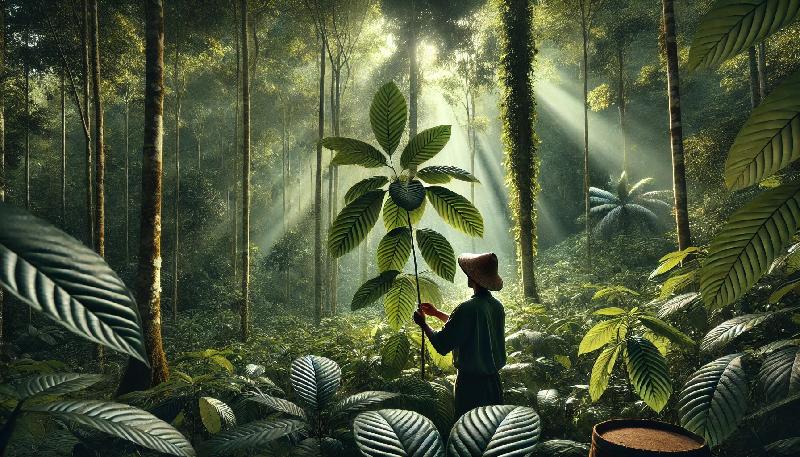
It all starts with the careful picking of Kratom leaves from mature trees. This is usually done by hand to ensure that only the best leaves are chosen. Think of a master chef selecting the perfect ingredients!
Step 2: Drying the Leaves
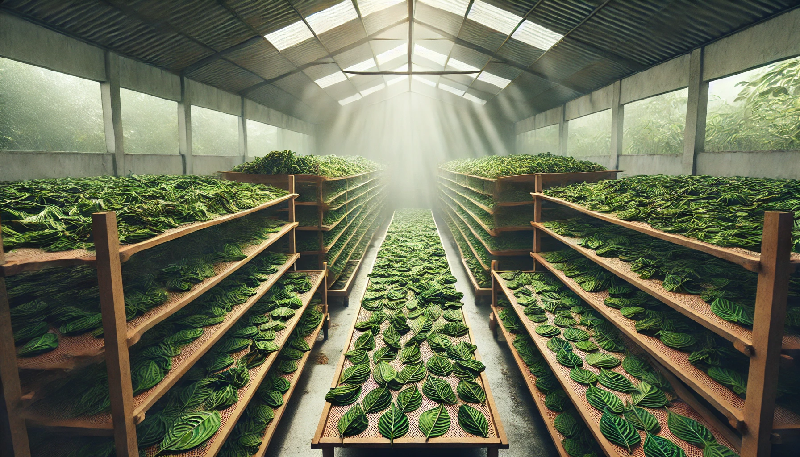
Drying the leaves is a crucial step and varies by Kratom type:
- Green Kratom: The leaves are dried in a well-ventilated space with filtered sunlight. This helps to maintain the green color and unique properties.
- Red Kratom: After drying in the sun, the leaves are fermented. The fermentation process changes the chemical composition of the leaves, contributing to the red color.
- White Kratom: The leaves are dried in a completely dark space immediately after picking. This process helps to maintain the white color of the leaves.
- Yellow Kratom: Yellow Kratom is made by fermenting the leaves longer than red Kratom. Sometimes it is also produced by mixing white and red Kratom leaves.
Step 3: Grinding the Leaves

After drying, the leaves are ground into a fine powder. This powder can then be used in capsules, tea, or other applications. Grinding is like creating a magical powder, ready to be further processed!
| Type of Kratom | Picking Method | Drying Process | Fermentation | Color |
|---|---|---|---|---|
| Green Kratom | Hand-picked | Filtered sunlight | No | Green |
| Red Kratom | Hand-picked | Sun | Yes | Red |
| White Kratom | Hand-picked | Dark space | No | White |
| Yellow Kratom | Hand-picked | Longer fermentation | Sometimes | Yellow |
Conclusion
Kratom is a versatile plant with a long history of use. There are different types of Kratom, each with its own unique production process.
Hopefully, you now have a better understanding of the different types of Kratom and their production processes. Kratom is fascinating and offers a lot of variation in production!

